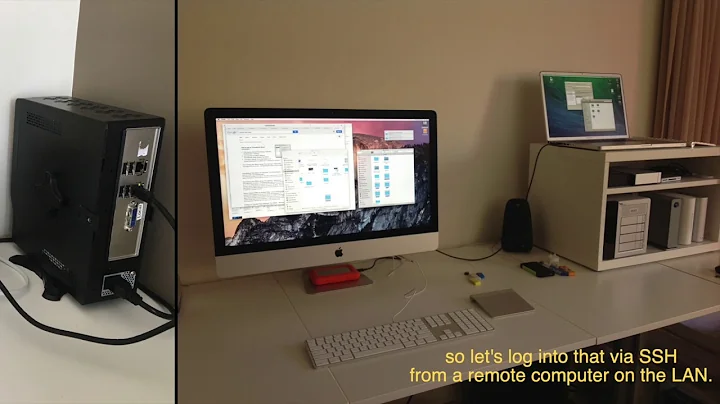How to determine if X server runs with root privileges
There are a few ways to output the user ID (UID) with ps; a simple one is with -f:
ps -fC X
Will give you information for all the X servers that are running (there can be more than one).
This presumes that the executable is called X -- if there's no such process, you will have to target something else. Since it almost certainly at least has capital X in it (e.g., Xorg, X11), an alternative is to filter through grep:
ps -o uid,comm -A | grep X
This removes the column headers, but the UID is the numerical one on the left. If this is 0, then the process is running root. If nothing turns up, try ps -fA | grep X; this one involves more clutter.
Finally, if there is no process with capital X in its name, try x; you may at least find commands used to control it, such as startx or xinit. You could also try dm, since display managers usually have this in their name (gdm, etc). However, none of these is actually the X server, and although xinit starts the server, the server executable often has the setuid bit set, meaning even though xinit has a non-privileged UID, X will still run as root.
Related videos on Youtube
lord.garbage
Updated on September 18, 2022Comments
-
 lord.garbage over 1 year
lord.garbage over 1 yearThis is a one-liner: Is there a way/command to check if the X server is run as root or as user?
This was supposed to be a one-liner but alas... I recently upgraded my Arch Linux box. After the upgrade I was notified that
Xnow runs rootless. I checked on the official Arch Linux page and it states:X is now rootless with the help of systemd-logind [...] [1]
This got me interested in how to check whether
Xis run rootless or not. How can this be done? -
 goldilocks almost 10 yearsThe
goldilocks almost 10 yearsTheps Xoutput is unrelated (see OUTPUT FORMAT CONTROL inman psabout that). I think the X server isn't necessarily calledX, which might be your problem, but it should at least contain the letter X; I've added a paragraph about usinggrepto get around this. -
 goldilocks almost 10 yearsMaybe that was my bad. It seems an odd way to put it to me, but I'll defer to the Arch docs. I use
goldilocks almost 10 yearsMaybe that was my bad. It seems an odd way to put it to me, but I'll defer to the Arch docs. I usestartxas well; on my system hands off toxinit, and only the later persists in the process table. The parent process of the X server isxinit, so for you it should bestartx. You find this via the PPID given byps -fonce you know the name of the X server process. Take that PPID number andps -p+ the PPID should give youstartx. If none of these things has UID 0, it is "running rootless". -
 lord.garbage almost 10 yearsNice. I have both processes persisting,
lord.garbage almost 10 yearsNice. I have both processes persisting,startxandxinit. I check them withps -fC startxandps -fC xinit. Both have aUID ≠ 0. One important sidenote: I was only able to findstartxandxinitfeedinggrepa lowercasex. You think it advisable to include this in your answer? -
 goldilocks almost 10 yearsHmmm -- I've added another paragraph about this. Neither
goldilocks almost 10 yearsHmmm -- I've added another paragraph about this. Neitherxinitnorstartxis actually the X server, which is a bit of an issue. I've asked about this in chat: chat.stackexchange.com/rooms/26/unix-and-linux What output do you get forwhich Xorwhich Xorg? -
 lord.garbage almost 10 yearsInput:
lord.garbage almost 10 yearsInput:which X. Output:/usr/bin/X. Input:which Xorg. Output:/usr/bin/Xorg. I get output forps -fC Xorg.bin. It's path is/usr/bin/Xorg.bin. It'sUIDis also different from0. -
 goldilocks almost 10 yearsOkay, that's almost certainly the server then, which doesn't have UID
goldilocks almost 10 yearsOkay, that's almost certainly the server then, which doesn't have UIDroot. Strange thegrepdid not work -- obviouslyps -fA | grep Xwould work, I avoided that one because it will include a lot of other clutter. -
 goldilocks almost 10 yearsI would guess the reason for the separate
goldilocks almost 10 yearsI would guess the reason for the separateXorg.binis to have one without the setuid bit set, so that it will run non-root. -
 lord.garbage almost 10 yearsExcellent. Problem solved. Thanks for your patience and effort! I will read up on how this exactly works!
lord.garbage almost 10 yearsExcellent. Problem solved. Thanks for your patience and effort! I will read up on how this exactly works!




